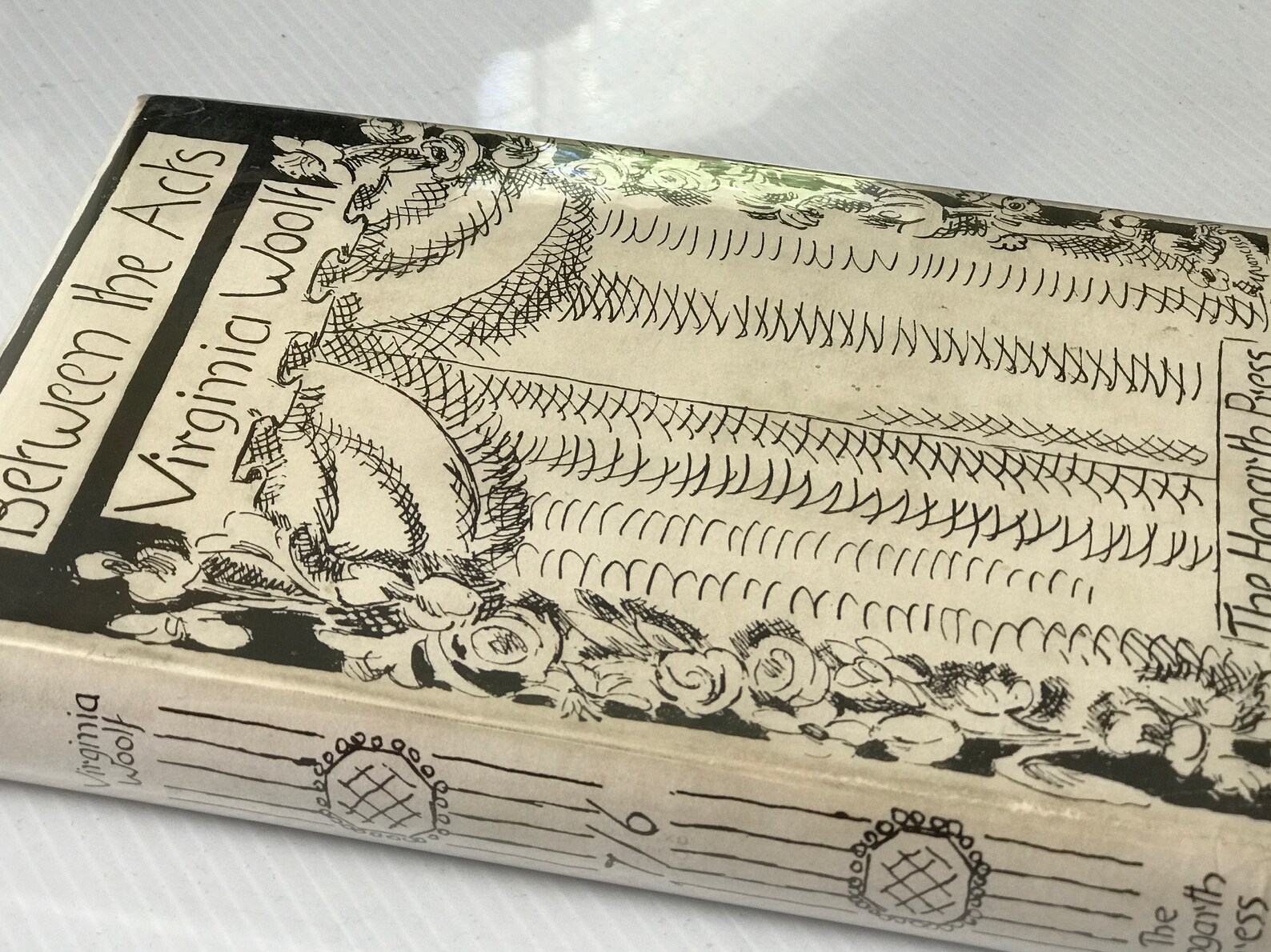
Thackeray) and the institutionalization of their schizophrenic daughter, Stephen married Woolf’s mother, Julia Prinsep Jackson, who brought along three children from her previous marriage. After the death of his first wife (the daughter of the famous novelist W. Woolf’s father, Leslie Stephen, was the well-known editor of the first Dictionary of National Biography, a pronounced atheist and overbearing patriarch. Though Woolf’s adult writing often railed against her parents’ stern, pompous Victorian generation, her future career was certainly aided by her birth, in 1882, into a prominent, upper-middle-class London literary family. Her non-fiction, including A Room of One’s Own (1925) and the anti-fascist tract Three Guineas (1938), is central to the “first wave” feminist canon. In her own time, Woolf was also well-known for her writings promoting liberal politics, particularly the nascent feminist movement. Woolf is best known for her novels, which represent the peak of British modernist “stream-of-consciousness” style, characterized by the representation of characters’ inner thoughts, a focus on everyday action, and the pervasive instability or unreliability of narration.

This OpenLearn course is an adapted extract from the Open University course A335 Literature in transition: from 1800 to the present, and was written by Sue Asbee.īefore you start.Virginia Woolf by George Charles Beresford, 1902 (Wikimedia Commons)īritish author Virginia Woolf was a prominent member of the avant-garde, intellectual Bloomsbury Circle in northern London from the years directly preceding World War I until her suicide in 1941. Where passages from the novel are used in the course, the page numbers cited correspond to the Oxford World’s Classics edition of the text. It would be helpful, but not essential, to read Between the Acts for this course. As well as reading about the novel, you will read several extracts from it, which will have audio readings accompanying them, and you’ll be asked to analyse these extracts, and determine how Woolf achieved her aims by depicting images, memories, and language. You’ll explore Woolf’s views on the role of this novel, and the wider significance of literature and language. You’ll read about the historical context that led to the writing of this novel, which was written during the late 1930s, and published during the Second World War. This free course, Exploring Virginia Woolf’s Between the Acts, is designed to explore the historical context of the final work of Virginia Woolf, one of the most significant modernist writers of the twentieth century.

Exploring Virginia Woolf’s Between the Acts Introduction


 0 kommentar(er)
0 kommentar(er)
